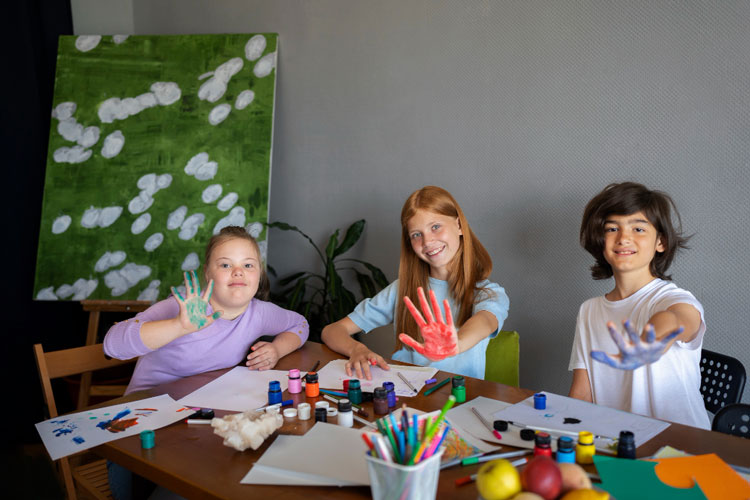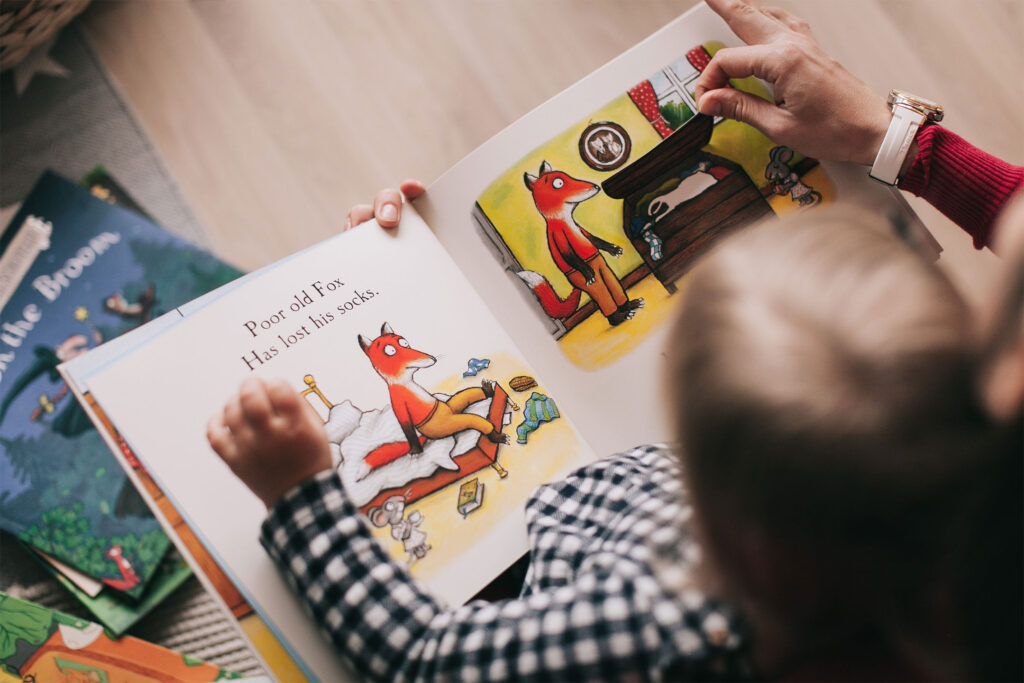Empathy is a cornerstone of social-emotional learning (SEL), shaping how children interact with the world around them. In education, storytelling emerges as a powerful tool to cultivate emotional intelligence and understanding. By engaging young learners in compelling narratives, educators can encourage them to step into others’ shoes, fostering empathy and emotional growth.
The Role of Empathy in Education
Empathy helps young learners connect with others, understand emotions, and navigate social interactions. Incorporating empathy-building strategies in education supports the development of a more inclusive and emotionally intelligent generation.
Storytelling: A Gateway to Emotional Growth
Stories are an effective medium for emotional learning. Through relatable characters and narratives, children can explore complex emotions and situations in a safe environment. By experiencing joy, sadness, fear, and triumph vicariously, they develop the emotional vocabulary and sensitivity needed to empathise with others.
Key Benefits of Storytelling for Empathy
- Enhancing Perspective-Taking: Stories expose children to diverse cultures, experiences, and viewpoints.
- Encouraging Emotional Expression: Listening to or sharing stories provides a platform for discussing feelings.
- Building Problem-Solving Skills: Characters’ challenges teach young learners to approach conflicts with understanding and cooperation.
Practical Ways to Use Storytelling in Education to Enhance Empathy
Empathy Walk Through
Turn the classroom into an empathy labyrinth where students walk through different “stations” inspired by Human Kind: Respect by Zanni Louise. At each station, present a scenario from the book (e.g., a character being excluded or showing courage in a challenging moment) and ask students to decide how they would respond. Create sensory or interactive prompts—like listening to a recording of a character’s internal thoughts—to help students step into the characters’ experiences.
Emotion Theater
Host an “Emotion Theater” day where students dramatise the feelings described in In My Heart by Jo Witek . Assign each student or group an emotion from the book (e.g., joy, fear, sadness) and have them act out scenarios where that emotion might surface. For example, a student could pretend to be excited about a birthday party or scared of trying something new. After each performance, facilitate a group discussion on why emotions arise and how understanding these emotions in others builds empathy.
Eco-Story Adventure Modelled on Uno’s Garden
Turn Uno’s Garden by Graeme Base into an interactive adventure game. Create a class project where students map out Uno’s world, designing habitats and the relationships between humans, animals, and plants. Integrate storytelling by having each student or group narrate a day in the life of a character they create. For example, “What does the forest feel when humans overuse its resources?” Use the narratives to spark discussions on environmental empathy and responsibility.
Conversation Circles
Set up “conversation circles” where students role-play tricky social situations from What to Say When You Don’t Know What to Say by Davina Bell. Introduce challenges like comforting a classmate who failed a test or standing up for someone being teased. To make it more dynamic, add a “spin the wheel” element where students randomly select a scenario and must come up with empathetic responses on the spot. Conclude with reflections on how the chosen words and actions made the “receiver” feel.
“What’s Next?” Collaborative Storybuilding
Using Uno’s Garden by Graeme Base or any other book as inspiration, ask students to imagine and co-create “what happens next” after the story ends. Split the class into teams, with each group adding a new chapter to Uno’s journey, focusing on themes like rebuilding harmony or finding sustainable solutions. As students craft their narratives, encourage them to discuss how each character feels and reacts to the changing circumstances. Compile these chapters into a “Class Edition” sequel.
Storytelling is a transformative tool that not only entertains but also nurtures emotional growth and empathy in young learners. By weaving empathy-building narratives into education, teachers and parents can empower children to become compassionate and socially aware individuals.
Ready to nurture empathy and emotional growth in young learners? Explore our curated collection of books that inspire understanding and kindness. Visit our book hub to find stories that spark meaningful conversations and foster emotional intelligence in children.













Leave a Reply